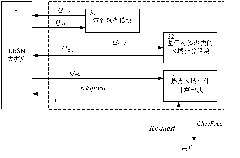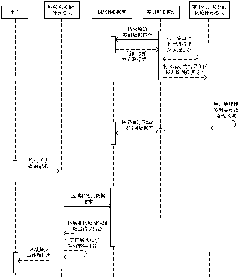Geographical-tag-oriented hot spot area event detection system applied to LBSN
A technology of geotag and hotspot area, applied in the field of event detection system for hotspot area based on geotag, can solve the problems of not considering time factor, unable to reflect hotspot area, large area, etc.
- Summary
- Abstract
- Description
- Claims
- Application Information
AI Technical Summary
Problems solved by technology
Method used
Image
Examples
Example Embodiment
[0241] Example
[0242] see figure 1 , figure 2 As shown, assuming that the geo-tagged user check-in information Q is satisfied in the LBSN database 31-2 =R_POI p (x, y), if there are multiple POI search results, apply the clustering interval kcluster-span to perform k-means clustering method to obtain the area block information Q 31-32 ={regX 1 ,regX 2 ,...,regX y}. The Q 31-2 =R_POI p (x, y), POI is just the original record, and has not been clustered yet.
[0243] Hypothesis Q 31-32 ={regX 1 ,regX 2 ,...,regX y} There are 6 coarse-grained geographical regions after clustering, then the number of regional blocks y=6, that is, Q 31-32 ={regX 1 ,regX 2 ,regX 3 ,regX 4 ,regX 5 ,regX 6}.
[0244] in Q 31-32 The distance relationship between the regions is as follows:
[0245]
[0246] Assuming that when the user is requested to issue a query request for a local hotspot area, the operation process of the system is as follows:
[0247] Step 1: Request...
PUM
 Login to View More
Login to View More Abstract
Description
Claims
Application Information
 Login to View More
Login to View More - R&D
- Intellectual Property
- Life Sciences
- Materials
- Tech Scout
- Unparalleled Data Quality
- Higher Quality Content
- 60% Fewer Hallucinations
Browse by: Latest US Patents, China's latest patents, Technical Efficacy Thesaurus, Application Domain, Technology Topic, Popular Technical Reports.
© 2025 PatSnap. All rights reserved.Legal|Privacy policy|Modern Slavery Act Transparency Statement|Sitemap|About US| Contact US: help@patsnap.com



